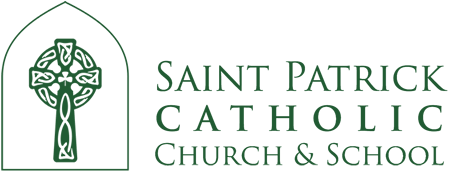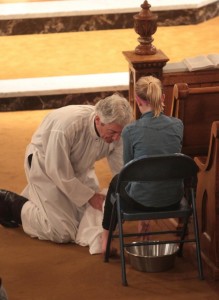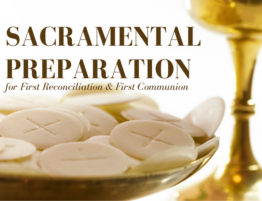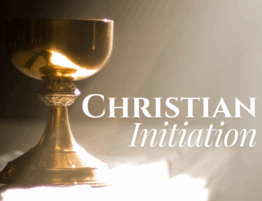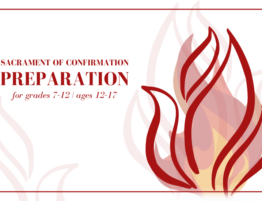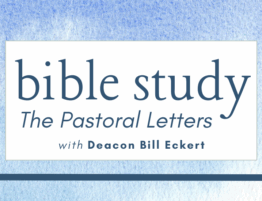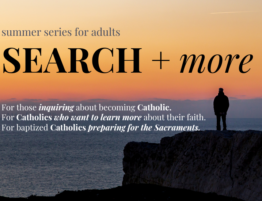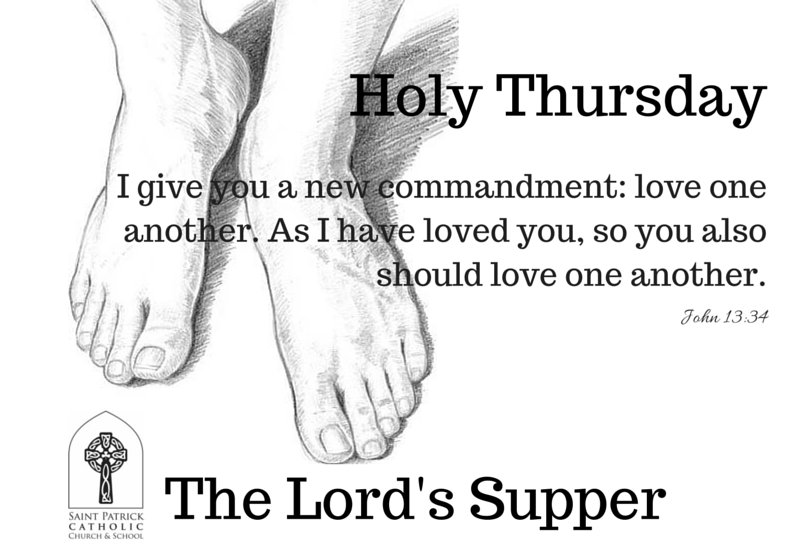
Following Pope Francis’s example of humility and forgiveness, Saint Patrick Catholic Church wants to give every parishioner the opportunity to experience the grace and humility of having one’s feet washed as we prepare to join Christ’s suffering on the Cross. Consequently, we have changed how we are doing our foot washing.
The foot washing ceremony represents how all disciples should serve one another based on the example of Jesus therefore the Liturgical Commission in conjunction with the Jesuit priests have made changes to the foot washing ceremony to ensure that anyone who wishes to have their feet washed can do so at Holy Thursday Mass on March 24, 2016 at Saint Patrick Catholic Church.
All Are Welcome
Instead of 12 persons designated in advance for foot washing, we will have 6 chairs lined up in front of the altar with 6 designated foot washers. Six participants from the assembly will have their feet washed and return to their seats. While the 6 individuals have their feet washed the ushers will invite anyone who wishes to have their feet washed to come forward. Persons on the side pews will walk to the back of the Church and up the front aisles to get their feet washed and then return to their side pews.
All persons participating in the foot washing are asked to remove their shoes and socks while still in their pews before proceeding to the altar. Participants will return to their pews barefoot and put their shoes and socks back on in the pew.
Participants’ feet will not touch the basin of water as the water is poured over their feet. However, a common towel will be used to dry participants’ feet.
The foot washing will come to a natural end when the line of participants wanes.
Feet Washing Represents One of the Three Pillars of the Catholic Faith
Holy Thursday is the oldest of the celebrations of Holy Week. Holy Thursday is the day on which Catholics commemorate the institution of three pillars of the Catholic Faith— the Sacrament of Holy Communion, the priesthood, and the Mass.
At the Last Supper, which is celebrated at Mass on Holy Thursday, Jesus established the special priesthood for his disciples. Christ washed the feet of his Disciples, who would become the first priests. This establishment of the priesthood is reenacted at Mass with the priest washing the feet of several parishioners.
Pope Francis Sees the Washing of Feet is an Act of Love & A Concern for Humanity
Pope Francis said that in the “washing the apostles’ feet, Jesus wanted to reveal the way God acts toward us and give an example of his new commandment of loving one another as he loved us, that is, by giving his life for us.” He continued to say, “when you forget yourself and think of others, that’s love. And with the washing of feet, the Lord teaches us to be servants.”
Pope Francis will wash the feet of refugees on Holy Thursday in Rome. “His symbolic gestures this year, as in the past, come from the depth of his heart and are aimed at highlighting particular areas of great concern for humanity, in the hope of awakening consciences,” notes Gerard O’Connell, Associate Editor/Vatican Correspondent in an article for the America— the National Catholic Review.
The Mass— A Pillar of the Catholic Faith
During the Last Supper, Christ blessed the bread and wine with the very words that Catholic and Orthodox priests use today to consecrate the Body and Blood of Christ during the Mass and the Divine Liturgy. In telling His disciples to “Do this in remembrance of Me,” He instituted the Mass and made them the first priests.
Maundy Thursday
Near the end of the Last Supper, after Judas had departed, Christ said to His disciples, “A new commandment I give unto you: That you love one another, as I have loved you, that you also love one another.” The Latin word for “commandment,” mandatum became the source for another name for Holy Thursday, Maundy Thursday. “Amore,” or love, “is the concrete service we render to one another,” said Pope Francis on March 12, 2016 during a special general audience for the Year of Mercy.
Chrism Mass
Typically on Holy Thursday or on a day shortly preceeding Holy Thursday if it works better for the diocese, the priests of each diocese or archdiocese gather with their bishop to consecrate holy oils, which are used throughout the year for the sacraments of Baptism, Confirmation, Holy Orders, and the Anointing of the Sick. This ancient practice, which goes back to the fifth century, is known as the Chrism Mass. Chrism is a mixture of oil and balsam used for the holy oils and stresses the role of the bishop as a successor to the apostles. Saint Patrick Catholic Church obtained its consecrated oils at the Chrism Mass at St. James Cathedral in Seattle on March 17, 2016.
The Lord’s Supper— the Pillar of Holy Communion
Except in very rare circumstances, there is only one Mass other than the Chrism Mass celebrated on Holy Thursday in each church— it is the Mass of the Lord’s Supper, which is celebrated after sundown. It commemorates the institution of the Sacrament of Holy Communion and is the ritual reenactment of the Last Supper. The event is celebrated at every Mass, as part of the Liturgy of the Eucharist, but it is specially commemorated on Holy Thursday. The Last Supper was the final meal Jesus shared with his Disciples in Jerusalem. During the meal, Jesus predicts his betrayal.
Mass ends with the removal of the Body of Christ from the tabernacle in the main body of the church. The Eucharist is carried in procession to another place where it is kept overnight, to be distributed during the commemoration of the Lord’s Passion on Good Friday. After the procession, the altar is stripped bare, and all bells in the church are silent until the Gloria at the Easter Vigil on Holy Saturday.
Let’s Pray Together
Learn more about Holy Thursday. Let’s pray together at the Mass of the Lord’s Supper on Thursday, March 24, 2016 at 7 P.M. at Saint Patrick Catholic Church.
